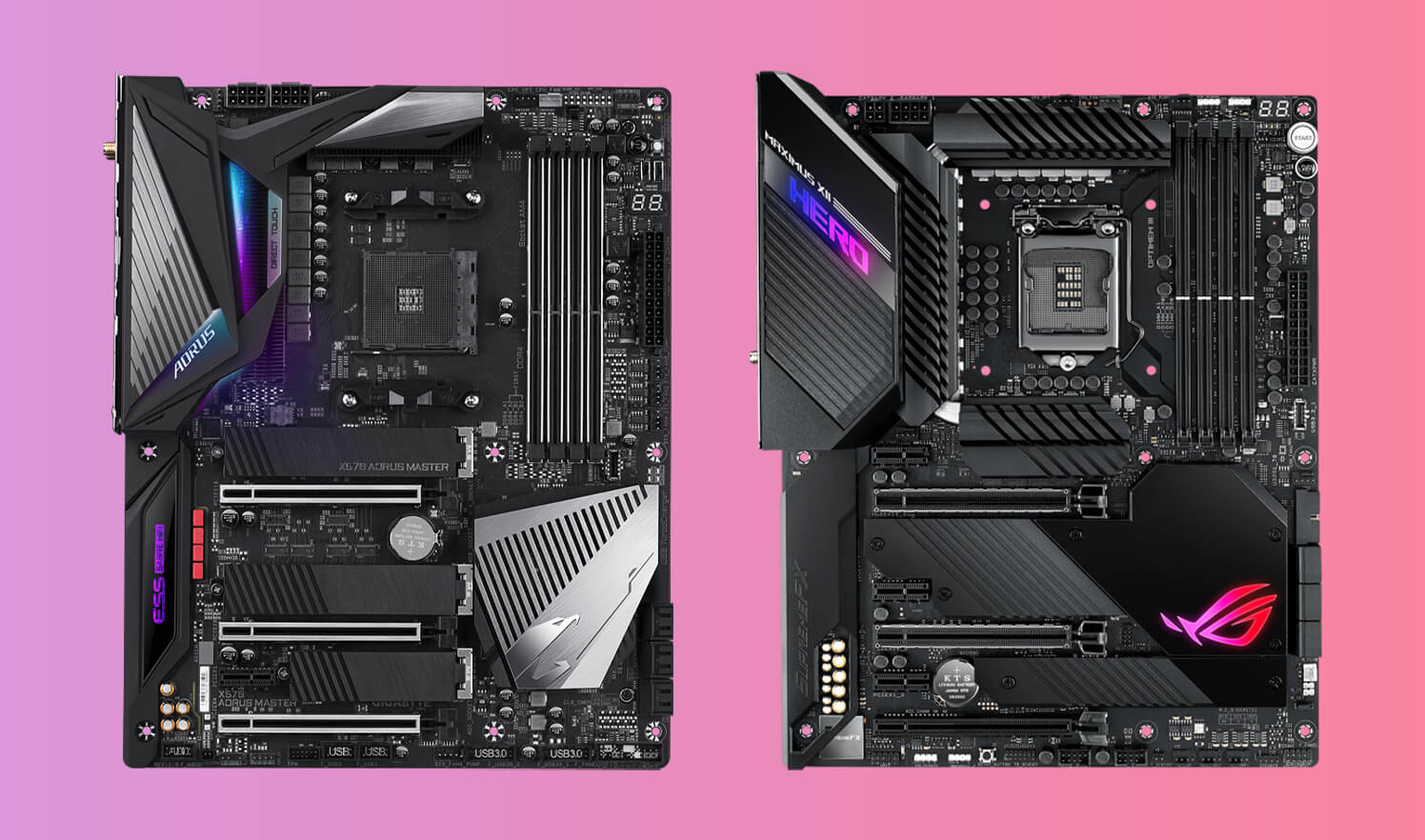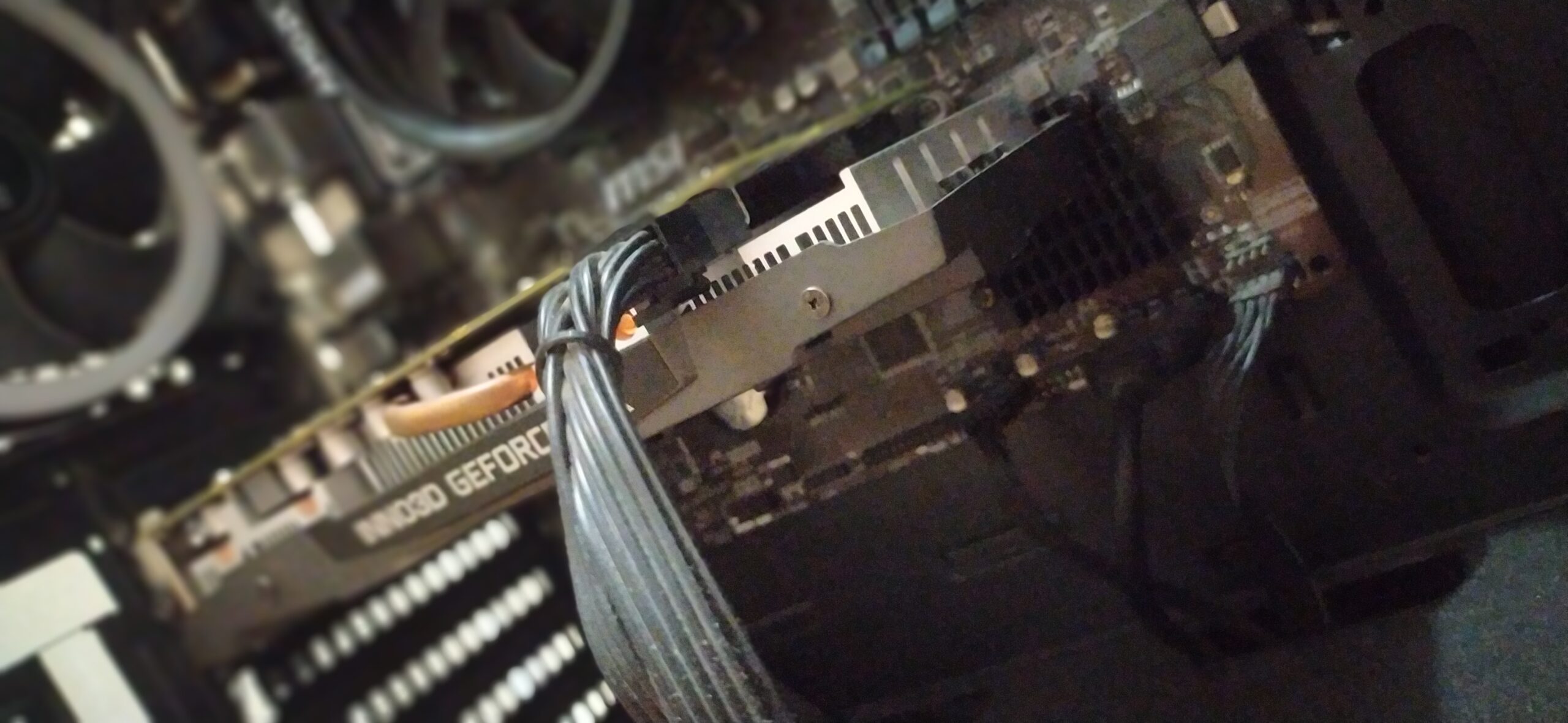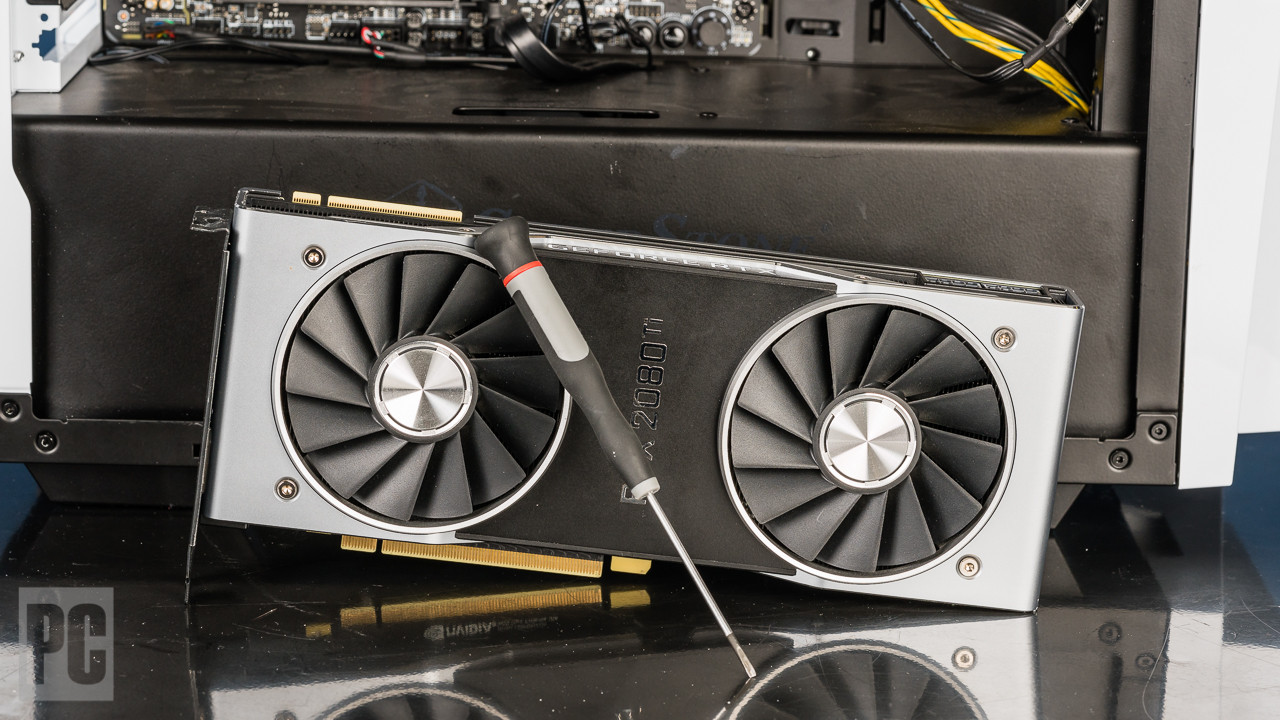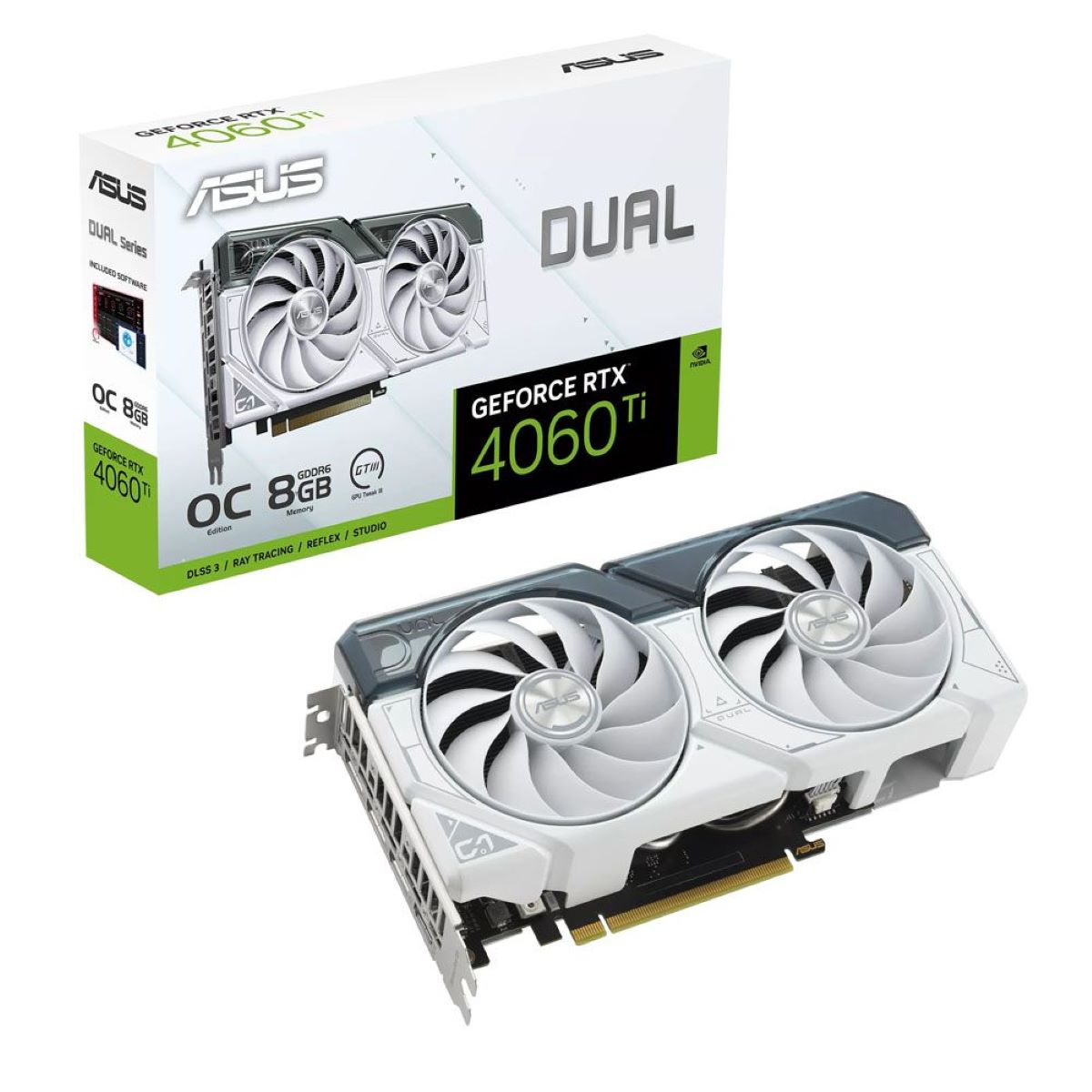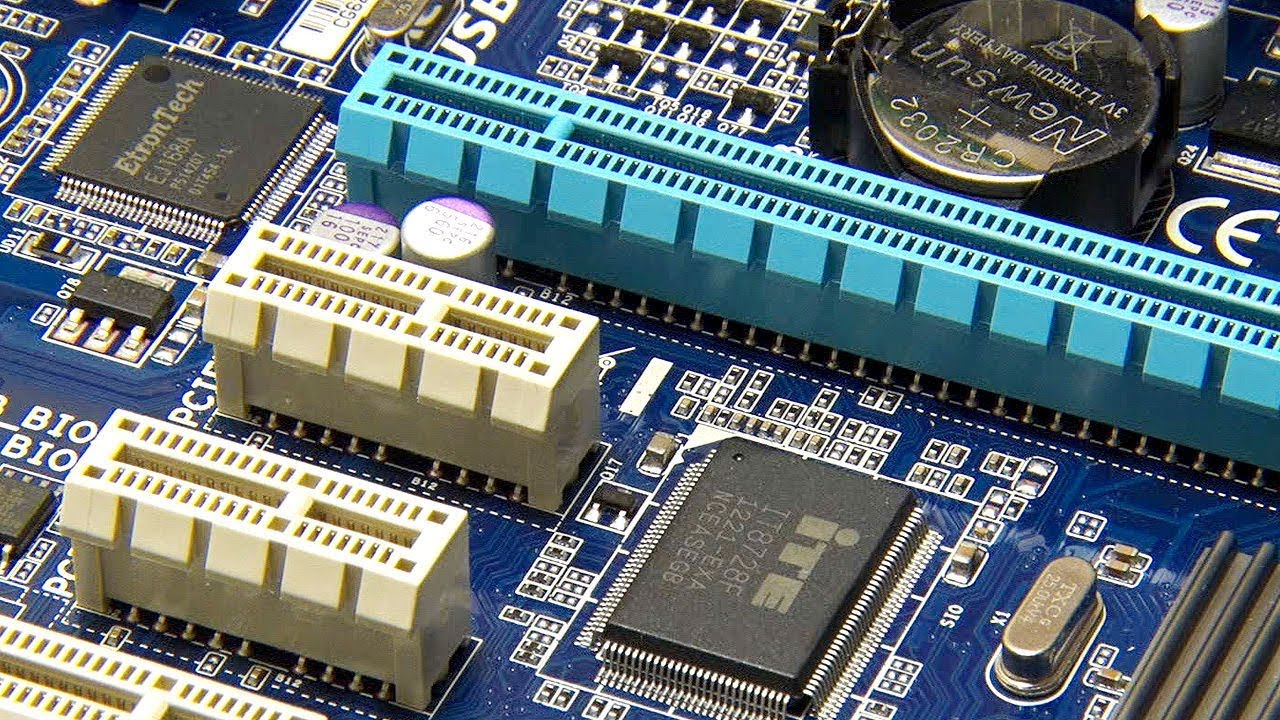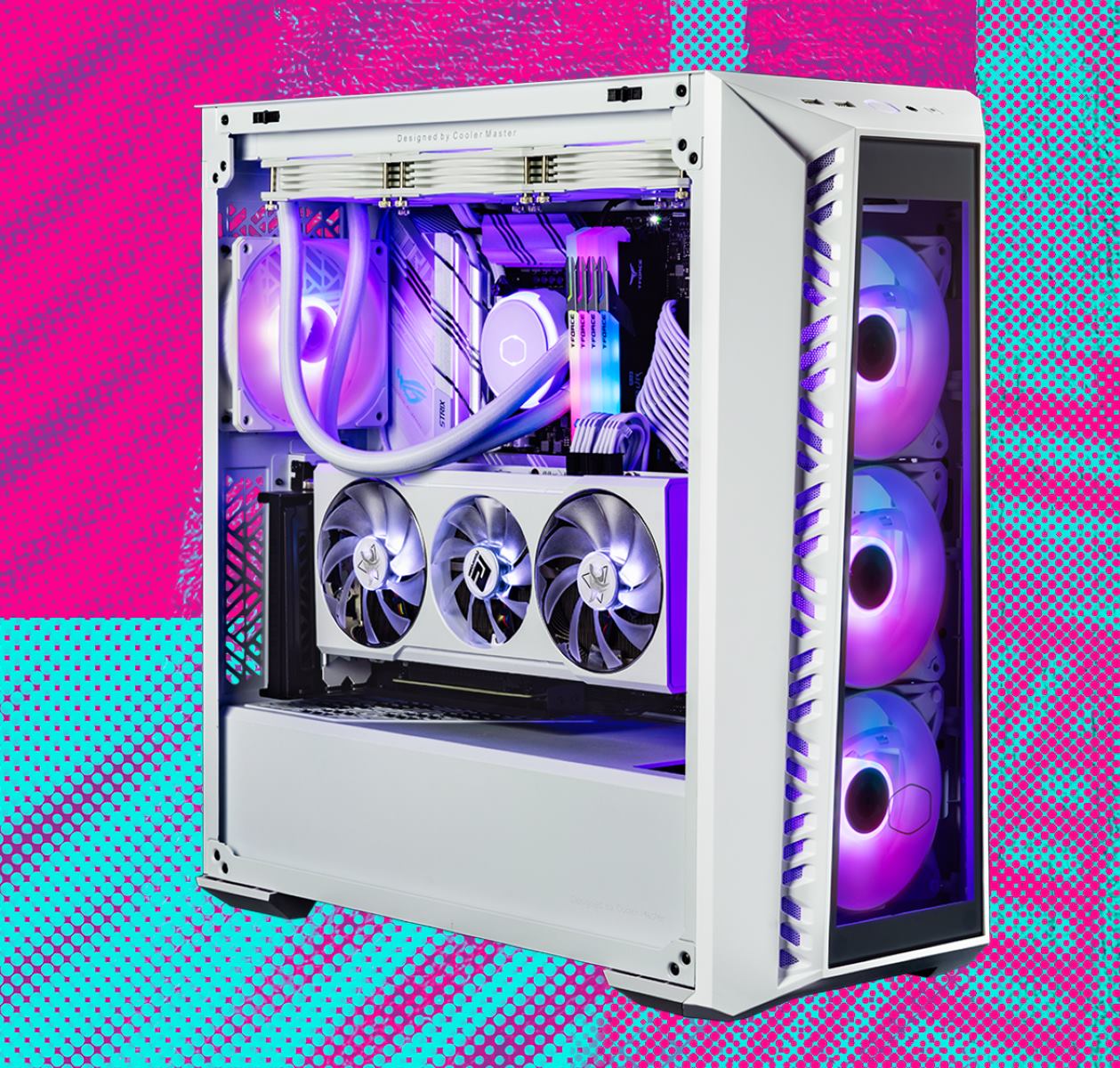Introduction
When it comes to building or upgrading a gaming PC, one crucial component that enthusiasts and gamers focus on is the Graphics Processing Unit (GPU). The GPU is responsible for rendering high-quality graphics, handling complex calculations, and delivering an immersive gaming experience. But have you ever wondered where exactly the GPU should go inside your computer?
In this article, we will explore the different motherboard slot types and discuss the specific slot where a GPU should be installed. Understanding the correct placement of your GPU is vital to ensure optimal performance and compatibility with your system.
Modern motherboards come with various slot types and configurations, each designed for specific devices. These slots provide connectivity options for essential components, such as the CPU, RAM, storage devices, and the GPU. To install a GPU, we need to identify the appropriate slot type to guarantee smooth operation and compatibility.
One of the most common slot types for GPUs is the PCI Express (PCIe) slot. PCIe has become the standard for graphics cards due to its ability to deliver high-speed data transfer and support for advanced features like multiple GPUs and high-bandwidth technologies. However, it’s essential to understand the different PCIe slot versions and their capabilities to ensure optimal compatibility and performance.
Aside from the standard PCIe slots, manufacturers have also introduced specialized slots for certain GPUs. These include slots for workstation GPUs, such as Nvidia’s Quadro series, and gaming motherboards that offer dedicated slots for multi-GPU configurations like SLI (Scalable Link Interface) or CrossFire. Understanding these specialized slots ensures that you choose the right motherboard for your specific needs.
Properly installing a GPU involves more than just finding the correct slot. Factors like power requirements, physical clearance, and proper ventilation also play a significant role in optimizing GPU performance and preventing overheating.
In the next sections, we will delve deeper into the different types of PCIe slots, the ideal placement for a GPU, and the considerations to keep in mind when installing a graphics card. So let’s dive in and learn how to properly install a GPU in your computer for an exceptional gaming experience.
Motherboard Slot Types
Before we dive into the specific slot for installing a GPU, let’s take a closer look at the various motherboard slot types you might encounter. These slots facilitate the connection and expansion of different components in your computer. Understanding their capabilities and limitations is crucial for ensuring compatibility and optimal performance.
One of the most common types of slots you’ll find on a motherboard is the Peripheral Component Interconnect Express (PCIe). PCIe slots are used for a wide range of devices, including GPUs, sound cards, network adapters, and storage controllers. These slots offer high-speed data transfer rates and support for advanced features, making them the go-to choice for graphics cards.
PCIe slots come in different versions, including PCIe 1.0, 2.0, 3.0, and the latest PCIe 4.0. Each version offers increased bandwidth and improved performance compared to its predecessor. It’s essential to check the PCIe version supported by your motherboard to ensure compatibility with your GPU. Most modern GPUs are designed to work with PCIe 3.0 or higher for optimal performance.
Another common slot type found on motherboards is the Peripheral Component Interconnect (PCI) slot. While PCIe has largely replaced PCI for modern components, some older devices and expansion cards may still require a PCI slot for compatibility. However, it’s worth noting that PCI slots offer much lower bandwidth compared to PCIe, making them less suitable for high-performance GPUs.
Additionally, you may also come across other slot types like the Accelerated Graphics Port (AGP) and the Universal AGP (AGP Pro) slots. These slots were predominantly used for GPUs in previous years but have become obsolete in modern systems. It’s rare to find motherboards with AGP slots nowadays, and they are not compatible with modern graphics cards.
It’s important to note that the number and types of slots available on a motherboard can vary depending on the model and manufacturer. Some motherboards offer more PCIe slots, allowing for multiple GPUs or other expansion cards, while others have fewer slots with specific configurations for specific use cases.
Understanding the various motherboard slot types helps you choose the right motherboard that meets your requirements and ensures compatibility with the GPU you plan to install. In the next section, we will explore the specific slot where a GPU should be installed for optimal performance and compatibility.
PCI Express (PCIe) Slots
PCI Express (PCIe) slots have become the standard for connecting graphics cards in modern systems due to their high-speed data transfer capabilities and advanced features. Understanding the different PCIe slot versions and their capabilities is essential for ensuring optimal performance and compatibility with your GPU.
There are several versions of PCIe, including PCIe 1.0, 2.0, 3.0, and the latest PCIe 4.0. Each version offers increased bandwidth, allowing for faster data transfer between the GPU and the rest of the system components. The bandwidth is measured in lanes, with x1 being the lowest and x16 being the highest. Most GPUs require at least an x16 PCIe slot for optimal performance.
When it comes to compatibility, PCIe slots are usually backward compatible, meaning that a higher version GPU can be installed in a lower version slot. For example, a PCIe 3.0 GPU can be installed in a PCIe 2.0 slot, albeit at a reduced bandwidth. However, installing a higher version GPU in a lower version slot may result in performance bottlenecks.
It’s important to check the documentation of your motherboard to determine the version and number of PCIe slots it supports. This information helps you select a compatible GPU and ensure that your system operates at its full potential.
In terms of physical size, PCIe slots typically come in three primary lengths: x1, x4, and x16. The length determines the physical length of the slot and its maximum bandwidth. It’s important to note that larger slots, such as x4 and x16, can accommodate smaller cards like x1 and x4.
When installing a GPU, it’s crucial to identify the correct PCIe slot for optimal performance. The primary slot for a graphics card is usually the first PCIe x16 slot on most motherboards. This slot offers the highest bandwidth and is dedicated to the GPU. Other PCIe slots, such as x1 or x4, are typically used for other expansion cards like sound cards or network adapters.
However, it’s worth noting that some motherboards may have multiple PCIe x16 slots. In this case, the specific slot recommended for the GPU installation should be mentioned in the motherboard’s documentation. It’s essential to use the recommended slot to ensure compatibility with the GPU and maximize performance.
In the next section, we will discuss the placement considerations when installing a GPU and the importance of power requirements, physical clearance, and proper ventilation for optimal GPU performance.
Graphics Card Slot Placement
Proper placement of the graphics card in your computer is crucial for ensuring optimal performance and compatibility. When installing a GPU, there are several factors to consider, including power requirements, physical clearance, and proper ventilation.
Firstly, it’s important to ensure that your power supply unit (PSU) can provide enough power to support your graphics card. High-performance GPUs often require additional power connections, such as 6-pin or 8-pin PCIe power connectors, in addition to drawing power from the PCIe slot. Make sure your PSU has the necessary power connectors and wattage rating to meet the GPU’s requirements.
Next, consider the physical clearance inside your computer case. High-performance GPUs tend to be larger and may occupy multiple expansion slots. Ensure that your case has enough space to accommodate the length and width of the graphics card. Measure the available space in your case and compare it to the GPU’s specifications to avoid any compatibility issues.
Moreover, proper ventilation is crucial for maintaining optimal GPU temperatures. Graphics cards generate heat during operation, and inadequate airflow around the GPU can lead to overheating and throttling of performance. Ensure that your case has sufficient cooling, including case fans or liquid cooling, to dissipate heat effectively. Installing the GPU in a slot with enough space between other components can also help with airflow and cooling.
It’s worth noting that the placement of the graphics card can vary depending on the motherboard. The primary slot for the graphics card is usually the first PCIe x16 slot. However, some motherboards may recommend a specific slot for optimal GPU performance, especially in multi-GPU configurations like SLI or CrossFire. Consult your motherboard’s documentation to determine the recommended slot for your GPU installation.
In addition, some motherboards may come with reinforced PCIe slots or metal braces to support the weight of larger and heavier graphics cards. These features help prevent GPU sag, which can occur over time and potentially damage the PCIe slot or GPU. If your motherboard has these features, make sure to utilize them for added stability and protection.
Lastly, ensure that the GPU is securely installed in the PCIe slot. Push the card firmly into the slot until it clicks into place. Use the screws or brackets provided with your case to secure the GPU to prevent any movement or accidental removal.
By considering these placement factors and following the manufacturer’s guidelines, you can ensure a proper and secure installation of your graphics card. This will contribute to optimal performance, stability, and compatibility with your system.
In the next section, we will discuss any special GPU slots that may exist and their purpose in certain configurations or use cases.
Special GPU Slots
In addition to the standard PCIe slots, there are also special GPU slots that cater to specific configurations or use cases. These specialized slots provide additional features or functionalities to enhance GPU performance or enable multi-GPU setups.
One such example is the SLI (Scalable Link Interface) slot, which is designed for Nvidia graphics cards. SLI allows you to combine the power of multiple GPUs by connecting them in parallel. This slot enables high-performance gaming and graphics rendering by distributing the workload across multiple graphics cards. To utilize SLI, your motherboard must have the necessary SLI Bridge connectors and supporting firmware.
CrossFire is the equivalent technology for AMD graphics cards. CrossFire allows you to connect multiple AMD GPUs for improved gaming performance. Similar to SLI, CrossFire requires the appropriate motherboard with compatible PCIe slots and CrossFire connectors.
Workstation GPUs, such as Nvidia’s Quadro series, may have specialized slots designed for specific professional applications. These slots offer additional features tailored to the demanding requirements of tasks like content creation, 3D modeling, and video editing. Workstation motherboards with these specialized slots provide advanced features and optimized performance for professional workloads.
It’s important to note that using these specialized slots requires compatible GPUs and corresponding motherboards. Not all GPUs or motherboards support SLI or CrossFire, so thorough research and compatibility checks are necessary before investing in these configurations.
Furthermore, some motherboards offer PCIe slots with reinforced construction and additional power delivery for better stability and performance. These slots are often labeled as “Armor” or “Steel” slots and are designed to handle heavy and high-end GPUs, preventing GPU sag and ensuring a secure connection.
Finally, some high-end motherboards may offer PCIe slots with extra bandwidth for GPUs. These slots are usually labeled as “x16/x8” or “x8/x8/x8” and provide sufficient lanes to support multiple GPUs running at maximum performance. This configuration is beneficial for enthusiasts and professionals working with resource-intensive tasks like 3D modeling, rendering, or deep learning.
When considering these special GPU slots, it’s crucial to verify compatibility with your GPU, motherboard, and the specific technology you intend to utilize. Not all GPUs or motherboards support SLI, CrossFire, or specialized workstation slots, so careful planning and research are necessary to ensure compatibility and the desired functionality.
In the following section, we will discuss the process of installing the GPU in the correct slot, taking into account power connections and configuring the system for optimal performance.
Installing a GPU in the Correct Slot
Installing a GPU in the correct slot is crucial for ensuring optimal performance, compatibility, and stability. Here are the steps to guide you through the process:
1. Begin by identifying the appropriate slot for your GPU. Most motherboards feature PCIe slots, with the primary slot being the first PCIe x16 slot. However, consult your motherboard’s documentation to confirm the recommended slot for optimal GPU performance, particularly in multi-GPU configurations like SLI or CrossFire.
2. Before installing the GPU, ensure that your computer is powered off and unplugged. This will prevent any potential electrical mishaps during the installation process.
3. If your GPU requires additional power connectors, make sure your power supply unit (PSU) has the necessary connectors. Connect the appropriate PCIe power cables to the GPU, ensuring a secure and firm connection.
4. Carefully align the GPU with the selected slot on the motherboard. Make sure the connectors on the GPU align with the slot, and gently insert the card into the slot.
5. Firmly push the GPU into the slot until it clicks into place. This ensures a secure connection and prevents any potential instability during operation.
6. Once the GPU is securely installed, use the screws or brackets provided with your case to secure the GPU to the case. This prevents any movement or accidental removal of the GPU, ensuring stability.
7. Ensure that there is proper physical clearance around the GPU. Verify that the card does not obstruct any nearby components, such as other expansion cards or heat sinks. This allows for proper airflow and prevents overheating.
8. Reconnect the power supply and turn on your computer. Your operating system should recognize the newly installed GPU. Install the necessary GPU drivers from the manufacturer’s website to ensure proper functionality and performance.
9. It’s advisable to check the temperatures and fan speeds of the GPU using monitoring software. This will help ensure that the GPU is running at appropriate temperatures and that the cooling system is functioning optimally.
By following these steps, you can properly install your GPU in the correct slot, taking into account power connections, physical clearance, and system stability. This will allow for optimal GPU performance and enhance your overall computing experience.
In the concluding section, we will recap the essential points discussed and emphasize the importance of proper GPU slot installation for a successful gaming or computing setup.
Conclusion
Installing a GPU in the correct slot is crucial for ensuring optimal performance, compatibility, and stability in your gaming or computing setup. Understanding the different motherboard slot types, such as PCIe and specialized slots like SLI or workstation slots, helps you choose the right motherboard for your specific needs.
When installing a GPU, consider factors like power requirements, physical clearance, and proper ventilation. Ensuring that your power supply unit (PSU) can provide enough power and that your case has enough space and proper cooling are key to maintaining optimal GPU performance.
Identifying the correct slot for your GPU, whether it’s the primary PCIe x16 slot or a specialized slot, ensures compatibility and allows for maximum bandwidth utilization. Following the manufacturer’s guidelines and securing the GPU properly help prevent any potential instability or damage during operation.
Remember to install the necessary GPU drivers after the installation to ensure proper functionality and performance. Monitoring GPU temperatures and fan speeds can help you maintain optimal cooling and prevent overheating issues.
By paying attention to these important aspects of GPU installation, you can create a powerful and efficient gaming or computing system that delivers high-quality graphics and smooth performance.
In summary, selecting the right slot for your GPU, considering power requirements and physical clearances, and ensuring proper installation and cooling are essential steps in correctly setting up your GPU. Following these guidelines will help you maximize the performance and longevity of your graphics card, allowing you to enjoy a seamless and immersive computing experience.







